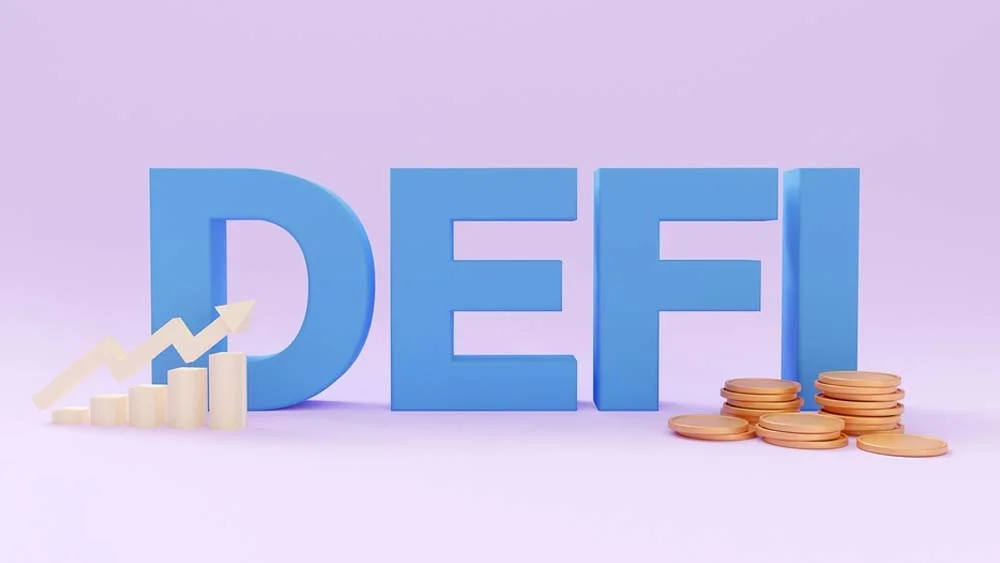Beginner’s Guide to Bitcoin Staking: From HODL to Earn
The popularity of Bitcoin has encouraged many people to follow the “Hodl” strategy—this means keeping your Bitcoin through different market changes, hoping its value will go up over time. But what if you could hold onto your Bitcoin and make extra money? This is where Bitcoin staking becomes essential, providing a method to earn money while helping the blockchain network. Let’s explain the idea of Wrapped Bitcoin staking and how it’s changing how people handle their digital assets.
The Emergence of Bitcoin in the Blockchain Ecosystem
Since Bitcoin’s inception, it has primarily been used as a digital asset for investment and a means of transferring value. The underlying blockchain technology guarantees security and decentralized verification of transactions. However, as cryptocurrency expanded, new ways of utilizing blockchain, such as staking, became popular within the industry. However, Bitcoin’s proof-of-work protocol does not directly support this feature.
Understanding Wrapped Bitcoin
Wrapped Bitcoin (WBTC) is an innovative solution that has emerged to bridge this gap. Wrapped Bitcoin is simply tokenized as an ERC-20 token on the Ethereum blockchain. This means it combines the best of both worlds: Bitcoin’s store of value and Ethereum’s versatile blockchain. By wrapping your Bitcoin, you transform it into a format that can interact with Ethereum’s ecosystem, including participating in intelligent contracts and, more relevant to our topic, staking opportunities.
The Process of Wrapping Bitcoin
The wrapping process works like this: users send their Bitcoin to a seller in the WBTC network. In exchange, the seller gives them the same amount of WBTC. This new WBTC can be used in Ethereum’s system. Meanwhile, the original Bitcoin is kept safe by someone trusted (a custodian), ensuring support for the wrapped version.
Staking in the Cryptocurrency World
Staking typically pertains to the consensus mechanism known as proof of stake (PoS). This process involves participants in a blockchain network who lock up their tokens to validate transactions and maintain the network’s security. In return, these stakeholders are rewarded with additional tokens, like earning interest in a traditional savings account.
Transitioning from HODL to Earn
While HODLing Bitcoin is a passive investment strategy, staking is a more active participation in the cryptocurrency ecosystem. By wrapping and staking your Bitcoin, you’re not just waiting for the asset to appreciate—you are also actively earning a yield on your investment, often in the form of transaction fees or rewards allocated for maintaining network integrity.
From HODL to Earn with Wrapped Bitcoin Staking
Starting with Wrapped Bitcoin Staking
Embarking on the journey from a static HODL strategy to a dynamic earn approach starts with converting your held Bitcoin into Wrapped Bitcoin. Once wrapped, your newly formed WBTC can be staked in various DeFi (Decentralized Finance) platforms. Each platform has unique features and reward mechanisms, and it is crucial to conduct thorough research to understand these nuances before committing your digital assets.
- Picking the Right DeFi Platform
Choosing the proper DeFi platform for WBTC staking involves considering factors such as yield rates, platform security, liquidity measures, and the credibility of the underlying smart contracts. Popular platforms for staking WBTC include Compound, MakerDAO, and Aave. While earning potential might be enticing, the ecosystem carries its own risks.
Risk Management in WBTC Staking
No investment is devoid of risk, and the same holds true for staking WBTC. Potential concerns include intelligent contract vulnerabilities and the fluid regulatory environment surrounding cryptocurrencies. Diversifying your staking platforms and constantly staying updated with the space’s developments can mitigate some of these risks.
The Financial Implications
Financially, staking can offer a new revenue stream. For HODLers, this is a compelling evolution, as the profit isn’t just from Bitcoin’s price appreciation but also from the yields generated via staking. Furthermore, involvement in the DeFi space through staking creates a dynamic approach to wealth generation that wasn’t previously available to Bitcoin holders.
The Technology Behind Staking
Staking is enabled by a complex technological stack that includes smart contracts, oracles, and consensus algorithms. Smart contracts are self-executing contracts with the terms directly written into code. Oracles provide real-world information to these smart contracts. The proof-of-stake consensus algorithm requires validators to hold and sometimes lock up their cryptocurrency to participate in transaction validation and block production.
The Future of Staking and WBTC
Looking ahead, the integration of staking mechanisms and Bitcoin hinges on the development of cross-chain interoperability and the continued advancement of decentralized finance. Solutions like WBTC are just the beginning. As DeFi matures, we expect more sophisticated staking opportunities to allow Bitcoin holders to tap into yield-generating activities directly on the Bitcoin network through sidechains and other layer-2 solutions.
In Conclusion
The world of cryptocurrency is constantly changing, and simply holding (HODLing) your Bitcoins is becoming more active with new ways like earning by staking Bitcoin. Wrapped Bitcoin allows Bitcoin owners to join Ethereum’s growing DeFi (Decentralized Finance) ecosystem and make some passive income through staking. This method offers more involvement and potential profit, but staying cautious and well-informed about the risks is crucial. By wrapping and staking your Bitcoin, you’re not just keeping a digital asset but actively taking part in the cutting-edge world of finance and technology.
Moving from just HODLing to earning signifies a significant change. It’s more than just a new strategy; it reflects how the world of cryptocurrency is growing and shows the creativity that keeps pushing this field forward. As the ecosystem expands, Bitcoin owners also have more chances to vary their investment approaches and enjoy the benefits of the digital era.




